The Pune-based Central Institute of Road Transport is regaining the lost momentum in 2020 to attain new highs.
Story by: Ashish Bhatia
The Pune-based Central Institute of Road Transport (CIRT) was no exception to plans going awry for organisations in a pandemic-hit 2020. Braving the catastrophe with cautious optimism, CIRT is fast regaining the lost momentum in 2020. It is nearing pre-Covid capabilities of tackling a full-load en route to attaining newer highs. Averred Capt. (Dr.) Rajendra B. Saner-Patil, Director, CIRT, “Initially we resumed operations at 30-40 per cent levels. It involved dealing with State Transport Undertakings (STUs) and vehicle as well as component manufacturers for testing and training.” CIRT, according to Capt. (Dr.) Patil was quick to overcome limitations, like resuming physical training sessions for industry and academia, by commencing virtual training in August. “We were able to reach out to stakeholders of the industry despite the odds stacked against us on critical subjects like the new motor vehicle bill in a bid to cover its amendments,” he claimed. In quick succession, CIRT expanded the virtual sessions to an array of topics in the usual, in-depth manner, as is expected from the joint initiative of the Ministry of Road Transport and Highways (MoRTH) with the support of the Association of State Road Transport Undertakings.
Taking over the baton from Capt. (Dr.) Patil, Shekhar Dhole, Scientist – Head Safety & Homologation/Certification added, “We have now reached a stage of getting National Accreditation Board for Testing and Calibration Laboratories (NABL) approvals for most of our labs. It’s an achievement this year despite the unprecedented delay of close to two full quarters.” Citing the addition of new facilities at CIRT being in the pipeline, Dhole drew attention to the spare capacity earmarked for higher assignment load-bearing capacity that may be needed. CIRT is banking on select intermediate aggregators in case of availability issues, he stated. Taking a considerable effort to be by the component and vehicle Original Equipment Manufacturers (OEM) side, at CIRT, shared Dhole, the approach is to have an unbiased take on designs submitted even in the hour of the crisis. “No design is perfect, so we often discuss with manufacturers about designs that have scope for improvement. It’s a continuous improvement process and when approached positively, it has yielded positive outcomes for the stakeholders,” he exclaimed.
Post-BSVI-rollout
CIRT worked closely with all the stakeholders of the auto industry for a seamless rollout of Bharat Stage VI (BSVI) norms in April 2020. Admitted Dhole, that while all the testing agencies like itself were ready along with the OEMs much ahead of time, BSVI fuel distribution was a big fear factor for the industry. Post the gradual easing of lockdowns, in the unlock phases, he said, there is the availability of more BSVI models in the market. He also opined that the sale of vehicles will at a higher level than in Q1FY2021. For instance, CIRT has only recently certified almost eight models for Mahindra & Mahindra alone. Dhole opined, by the end of the calendar year 2020 or up to the next financial year, a new stream of BSVI models are expected to hit the market. On the industry preparing for future norms like BSVII quipped Dhole, it was a little too early to talk about it as it may happen in 2027. “For now the resources are being utilised for gathering Real Driving Emissions (RDEs) and making it available from 2023. It is this data that will lay the foundation for the transition to BSVII.
Flex-fuel engines
The industry is pursuing flex-fuel engines cautiously. “They are also not fully aware of the norms being fixed,” opined Dhole. Sharing that the industry was working on select engines to test the technology and based on the success a series of engines could well be certified. “By the end of the financial year, more variety will be available and we are positively looking at the developments around it,” he expressed. Dhole advocated in favour of shaping up a buyers market rather than a seller’s market with the stream of engines made available eventually, for customers to choose from. CIRT was involved in testing & formulation of alternate fuels like ED95, biodiesel etc. For use trials are being conducted with the help of STUs on end-of-life vehicles. “It’s a good sign as STUs are very innovative. For fuel savings, they will go all out and readily lap up such experiments.” “The largest expenditure is on fuel and the second largest is on tyres,” he quipped.
Ecosystem for EVs
Contributing to the infrastructure for a new breed of electric vehicles, CIRT is relying on its close synergies with STUs. Citing the example of Pune Mahanagar Parivahan Mahamandal Ltd. (PMPML) fleet of 142 plus buses, Dhole explained the Gross Cost Contract (GCC) model wherein the buses are financed by OEMs thereby reducing the liability of STUs. “It is an investment of the individual manufacturer or the financier and assured kilometres are fixed and traffic congestion is factored,” he stated. Expecting the use of electric vehicles in city operations backed by the 2030 roadmap stipulated by the ministry to be fruitful, CIRT has certified intercity bus also. As per Dhole, electric buses are useful in tougher terrains like hilly regions. Add to it, a pilot project on retrofitting ICE-diesel buses as electric, for operation from the MP house to Parliament for three years is successful.
Vocal for local
In the Indian context, manufacturers often rely on base standards and are bound to rely on overseas partners to import. Alternative options to be found on home ground. Advocating the use of domestic expertise coupled with the support from the ministry can be as effective in tackling India specific issues, he opined. “We are very positive about government policies coming to the industry’s way. We assure the industry complete support for shortest lead times for testing and a frugal approach to keep the costs low,” expressed Dhole. As the industry explores the use of alternative materials and indigenous ways of testing, sooner than later, it will present a compelling case for the industry to go indigenous, he opined.
He cited the example of bus bodybuilders taking the lead, for instance. CIRT, as per Dhole, played a big role in the development of the ‘Make In India’ tarmac bus for airport application is CMVR certified. “The bus bodybuilder came forward pro-actively and we have to make good use of the skill sets at hand, and have to support and guide them to attain the desired objective of localisation,” Dhole opined. He called for the need to shift focus from overheads and be rest assured that the market is willing to absorb technically superior products. “It is the durability of the product and the faith that will help the strategy sustain in the long run,” he exclaimed.
Cautioning against compromising on quality, Dhole was quick to classify component grades as A, B and C stemming from the manufacturing process itself. “You have to segregate them. We advise the OEMs to either schedule these components with modification or scrap them instead,” he opined. Calling out the practice of flooding the replacement market, he warned, it would only earn negative feedback from end-users. Pointing that many of the Indian component manufacturers were already exporting their products, he said, the industry is familiar with the Economic Commission of Europe norms, a mandatory requirement for all automotive components and vehicles to be sold in Europe. “The standards are ready, people are aware of the export homologation to be carried out and are well prepared,” he mentioned. As a nodal agency for nearly 85 STUs, CIRT, said Dhole, sets the standards based on IS, AIS specifications, and reverse engineering. “We have made more than 500 specifications, which are called ASRTU specifications. These are commonly used by component manufacturers. We are dealing with the specification for 50 years now,” shared Dhole. The initiative translates to an Rs.350 crore turnover potential for small-scale component manufacturers, benefitting both OEMs and the STUs owing to get the quality auto components at a reasonable price.
Driver Training and Research
At CIRT, broadly four categories are defined for training programmes based on which vehicles are made available for hands-on training purposes. “We are looking at offering exposure to electric buses where knowing the battery State of Charge (SoC) is very crucial for the driver. He needs to be always aware of when and how to utilise the optimum electrical energy at source and optimise acceleration to avoid panic braking,” explained Dhole. CIRT is also in the process of involving such nitty-gritty in its bus training programmes. To help the cause, it is considering using the experience of running 142 plus PMPML buses plying in Pune. Dhole added that the objective is to attract commuters towards public transport with modern-day requirements like low Noise, Vibration and Harshness (NVH) levels coupled with efficient HVAC units.
CIRT is expected to announce proposals on the lines. Add to it, CIRT is also getting a good response to its camera-based driver-training systems which offers driving test results within the shortest time and sans any manual intervention. Its reliable patented technology claimed Dhole, it is among the initiatives that have made the Institute of Driver Training and Research (IDTR) a profitable venture since its inception. Unique initiatives like the 2 to 3-day driver training programme along with spouse recommended by the State Transport Minister, claimed Dhole, have also earned CIRT a very good response from the driver community. Following social distancing norms, CIRT has commenced the training programmes on road safety and is already through with the second batch of training owners of driver training schools. Calling them the pillars of the safety ecosystem, Dhole shared how in batches of 30-40 these owners were being trained on modern-day technologies, on CMVR requirements and the transport bill through both the offline and online channels it has developed. ACI




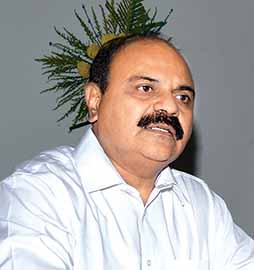
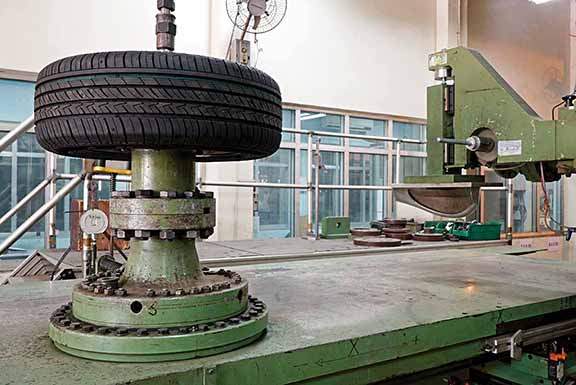
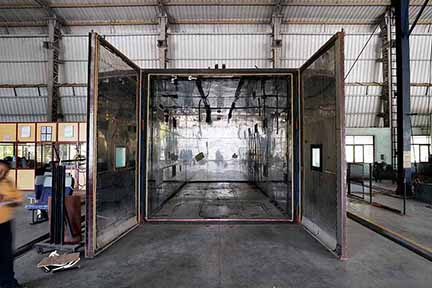
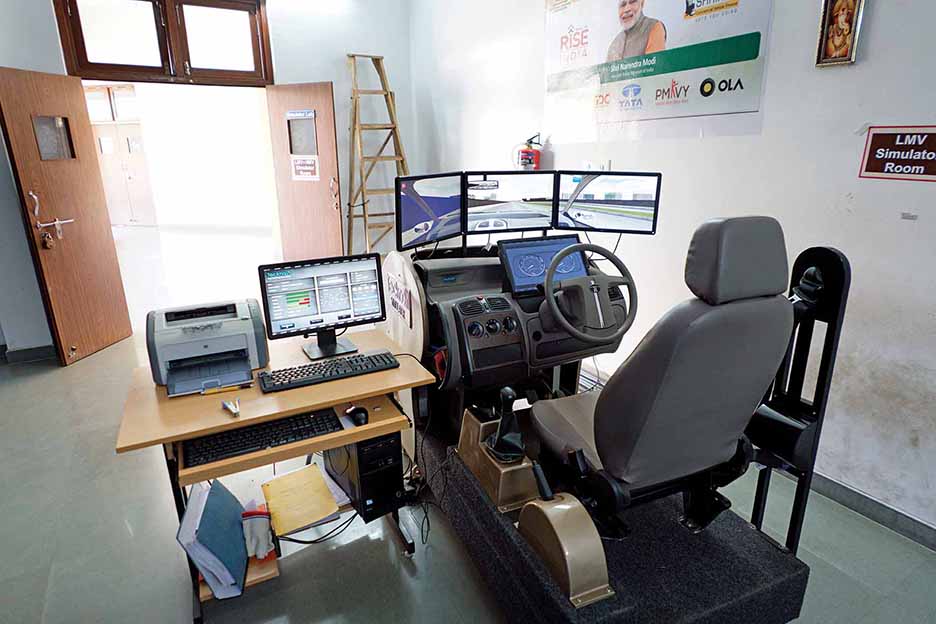




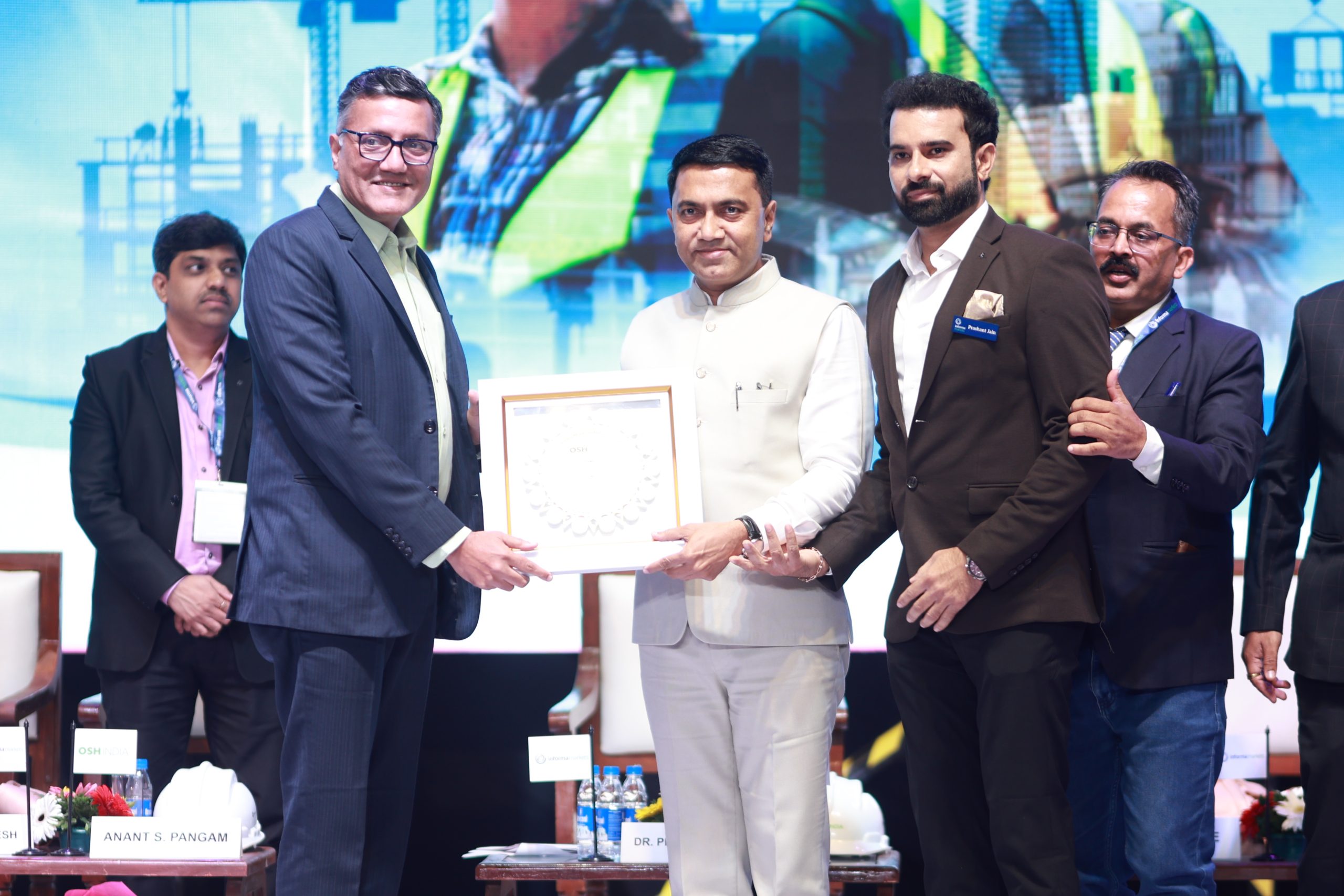




Leave a Reply